γ-1-Melanocyte Stimulating Hormone (MSH), amide,99.32%
产品编号:Bellancom-P1531| 分子式:C72H97N21O14S| 分子量:1512.90
本网站销售的所有产品仅用于工业应用或者科学研究等非医疗目的,不可用于人类或动物的临床诊断或者治疗,非药用,非食用,
γ-1-Melanocyte Stimulating Hormone (MSH), amide
| 产品介绍 | γ-1-Melanocyte Stimulating Hormone (MSH), amide 是一种含 11 个氨基酸的多肽。γ-1-Melanocyte Stimulating Hormone 通过激活黑皮质素受体 3 (MC3-R) 来调节钠 (Na+) 平衡和血压。 | ||||||||||||||||
|---|---|---|---|---|---|---|---|---|---|---|---|---|---|---|---|---|---|
| 生物活性 | γ-1-Melanocyte Stimulating Hormone (MSH), amide is a 11-amino acid peptide. γ-1-Melanocyte Stimulating Hormone (MSH) regulates sodium (Na+) balance and blood pressure through activation of the melanocortin receptor 3 (MC3-R). | ||||||||||||||||
| 体外研究 |
γ-Melanocyte Stimulating Hormone (γ-MSH) regulates a multitude of metabolic functions including energy homeostasis, food intake, sodium (Na+) balance, and blood pressure regulation. γ-MSH is processed from the precursor hormone pro-opio-melanocortin (POMC) in the pituitary gland, where component peptides are released into the cerebral spinal fluid and systemic circulation. The natural receptor for γ-MSH is the melanocortin receptor 3 (MC3-R), a G-protein-coupled receptor that activates adenylate cyclase and is expressed in brain (hypothalamus, cortex, and thalamus), gut, placenta, and kidney. γ-MSH regulates Na+ balance by inducing urinary Na+ excretion (natriuresis) under conditions of high dietary salt intake. 西域 has not independently confirmed the accuracy of these methods. They are for reference only. | ||||||||||||||||
| 体内研究 | |||||||||||||||||
| 体内研究 | |||||||||||||||||
| 性状 | Solid | ||||||||||||||||
| 溶解性数据 |
In Vitro:
H2O : 25 mg/mL (16.52 mM; Need ultrasonic) 配制储备液
*
请根据产品在不同溶剂中的溶解度选择合适的溶剂配制储备液;一旦配成溶液,请分装保存,避免反复冻融造成的产品失效。 | ||||||||||||||||
| 运输条件 | Room temperature in continental US; may vary elsewhere. | ||||||||||||||||
| 储存方式 |
Sealed storage, away from moisture and light, under nitrogen
*In solvent : -80°C, 6 months; -20°C, 1 month (sealed storage, away from moisture and light, under nitrogen) | ||||||||||||||||
| 参考文献 |


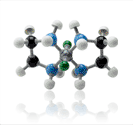
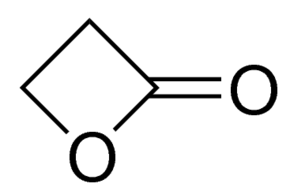


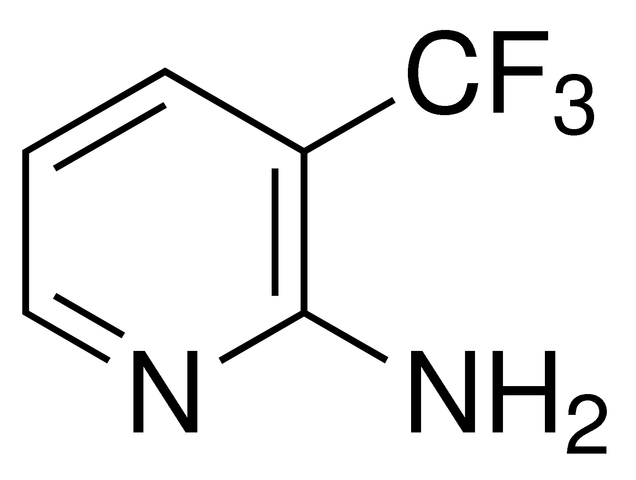


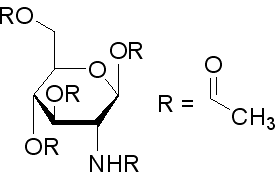


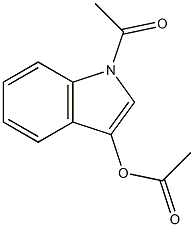
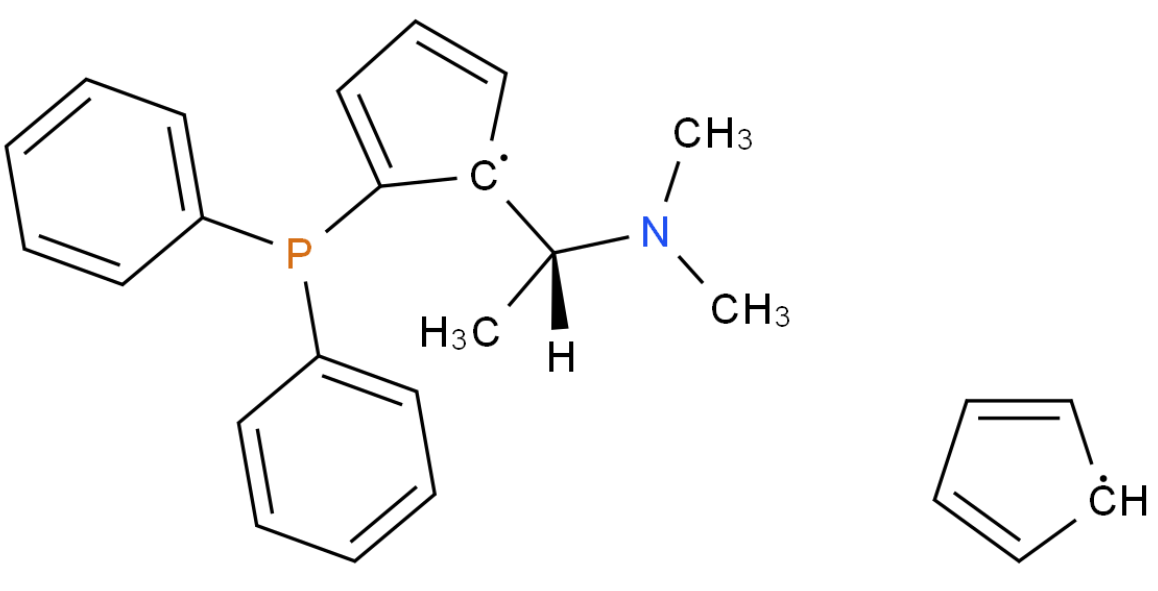





 浙公网安备 33010802013016号
浙公网安备 33010802013016号